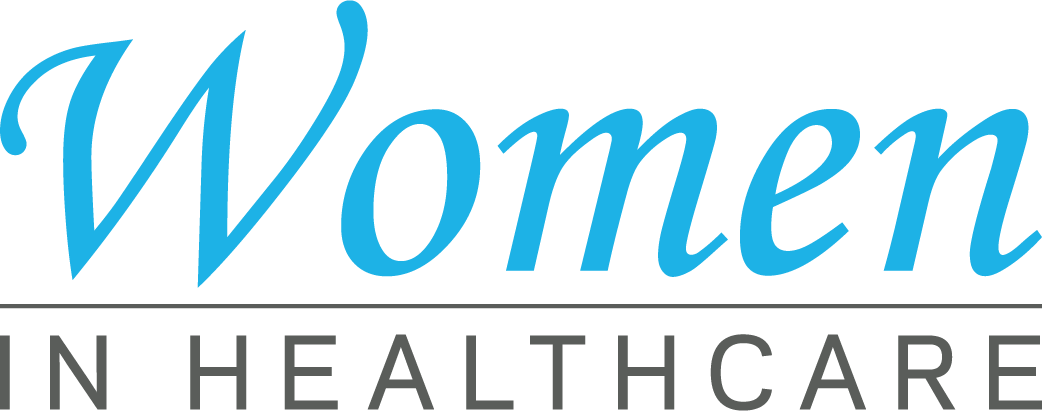Just How Healthcare RCM Solutions Streamline Payment and Collections
Just How Healthcare RCM Solutions Streamline Payment and Collections
Blog Article
A Comprehensive Guide on Just How Medical Care RCM Works to Enhance Payment and Collections
Navigating the complexities of healthcare revenue cycle management (RCM) is critical for carriers aiming to improve their invoicing and collections procedures. The guide unpacks the intricacies of RCM, from individual enrollment to receivables monitoring, supplying insights right into optimizing each step. Integrating advanced innovation and standard procedures can considerably minimize insurance claim denials and increase repayment cycles. Yet, real challenge hinges on effortlessly combining these elements to enhance money circulation. As we discover the core parts and strategies that drive efficiency, one concern continues to be: just how can healthcare entities best position themselves to grow economically in an ever-evolving industry?
Understanding Income Cycle Management
Comprehending the details of Profits Cycle Monitoring (RCM) is vital for medical care organizations aiming to enhance their economic efficiency. RCM is an essential management feature that encompasses the whole economic procedure of person treatment, from the initial appointment readying to the final settlement of the equilibrium. It is a complicated treatment designed to determine, accumulate, and handle the profits from the solutions given to clients. Reliable RCM makes certain that doctor get prompt and precise settlements, decreasing the threat of earnings loss and boosting cash money flow.
The RCM procedure begins when a patient timetables a visit and extends with the client's treatment journey, consisting of invoicing and collections. A key objective is to minimize the time between getting and offering a solution payment, thus boosting the company's financial health. RCM involves numerous features such as person registration, insurance verification, charge capture, coding, declares submission, settlement posting, and taking care of charms and denials.
Key Parts of RCM
In the realm of Earnings Cycle Administration (RCM), recognizing its essential elements is fundamental to attaining monetary efficiency within medical care organizations. RCM is a detailed process that incorporates different phases, each crucial to making sure efficient invoicing and collections. The key parts include individual registration, insurance policy verification, fee capture, coding, claim submission, repayment uploading, and accounts receivable management.


When coded, claims are submitted to payers, where precision is critical to prevent hold-ups or beings rejected - Healthcare RCM. Repayment uploading involves tape-recording the gotten repayments, which permits the settlement of accounts. Lastly, accounts receivable management focuses on tracking and attending to unsettled insurance claims, guaranteeing timely follow-up and resolution
Each component of RCM is interconnected, and ineffectiveness in any type of component can interrupt the entire cycle. Therefore, mastering these elements is necessary for healthcare service providers to enhance profits and boost their economic health and wellness.
Methods for Efficient Invoicing

Standardizing invoicing treatments across the company is one more essential method. Developing clear standards for documentation, coding, and entry aids preserve consistency and compliance with governing needs. Training team on a regular basis on these treatments makes certain every person is updated with the most current adjustments in invoicing codes and payer policies.
Accurate cost capture is necessary in stopping revenue leakage. Applying routine audits and monitoring systems permits the recognition and modification of discrepancies prior to they affect revenue. In addition, preserving open lines of interaction with payers aids to rapidly resolve any kind of disputes or misconceptions that may emerge.

Last but not least, interesting people early in the billing procedure by giving clear price quotes and instructional materials regarding their monetary responsibilities can dramatically reduce complication and enhance payment timeliness. These strategies collectively add to a much more efficient and monetarily healthy and balanced payment system.
Enhancing Collections Processes
Provided the intricacies of clinical payment and the selection of payer demands, boosting the collections procedure involves applying strategic procedures that make sure exact and prompt settlement of solutions rendered. Automation tools can help in tracking insurance claim conditions, sending out timely tips to individuals, and handling rejections more efficiently.
Clear and clear patient communications are crucial. Offering comprehensive descriptions of fees and providing versatile payment strategies can enhance patient fulfillment and timely payments.
Routine audits of the collections process should be conducted to determine areas for renovation and ensure compliance with guidelines. By evaluating information, healthcare organizations can identify fads, anticipate prospective concerns, and adapt methods appropriately (Healthcare RCM). Inevitably, a well-enhanced collections process not just sustains financial health and wellness yet likewise contributes to a much more smooth experience for clients and personnel alike
Optimizing Income Streams
Structure upon the foundation of a solid collections procedure, medical care organizations can additionally bolster their economic stability by tactically maximizing profits streams. This involves a multi-faceted technique, starting with a comprehensive analysis of existing revenue sources to determine inadequacies and locations for development. Employing sophisticated information analytics tools makes it possible for organizations to acquire understandings into payer mix, client demographics, and solution application patterns, permitting data-driven choices that enhance income capture.
Applying automated payment systems can considerably lower mistakes and expedite claims refining, making sure that revenue is collected more efficiently. Moreover, enhancing payer contracts index with routine settlements can enhance compensation prices and terms, directly impacting the bottom line. Diversifying service offerings, such as incorporating telehealth or health programs, can additionally bring in a broader patient base, hence boosting earnings possibility.
One more important part is boosting person engagement and contentment, as completely satisfied clients are much more most likely to comply with treatment plans and make timely settlements. Providing flexible settlement options and clear billing methods can enhance collections and foster client loyalty. Healthcare RCM. By embracing these strategies, healthcare organizations can create a much more resistant financial framework, ensuring continual growth and security in an ever-changing market landscape
Verdict
Finally, healthcare Profits Cycle Administration (RCM) plays an essential role in maximizing invoicing and collections processes by incorporating key components such as client registration, insurance policy verification, cost capture, coding, asserts submission, and accounts receivable monitoring. By using innovative modern technology, systematizing procedures, and promoting client interaction, doctor can considerably decrease claim rejections, increase repayment cycles, and improve cash flow. This thorough method to RCM ultimately causes enhanced monetary efficiency and sustainability for medical care organizations.
The RCM procedure begins when a person timetables a consultation and extends with the person's care trip, consisting of payment and collections.Another crucial part is enhancing client interaction and contentment, as completely satisfied patients are much more likely to adhere to treatment plans and make timely repayments. Using flexible repayment alternatives and transparent invoicing methods can enhance collections and foster person commitment.In verdict, healthcare Earnings Cycle Monitoring (RCM) plays an important function in optimizing payment and collections procedures by incorporating vital parts such as individual registration, insurance policy confirmation, cost capture, coding, declares entry, and accounts receivable management. By utilizing sophisticated modern technology, systematizing procedures, and fostering client engagement, my sources healthcare suppliers can considerably lower insurance claim denials, accelerate settlement cycles, and improve money flow.
Report this page